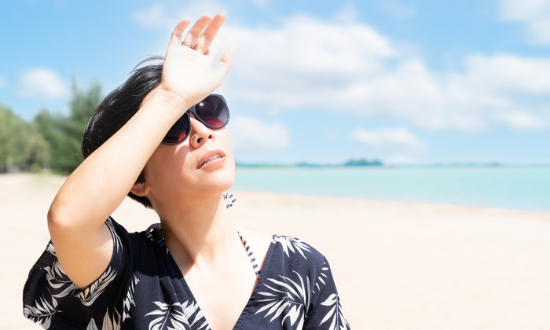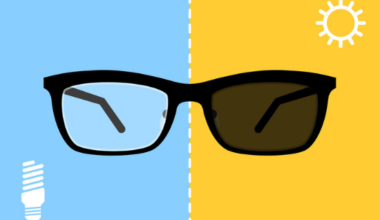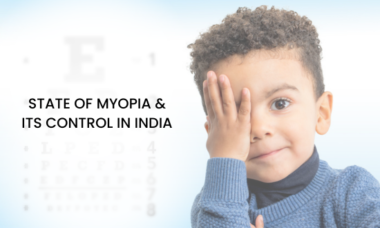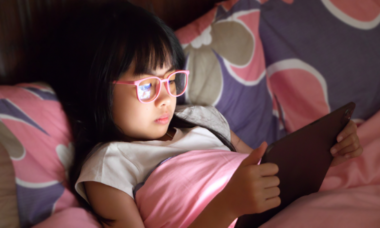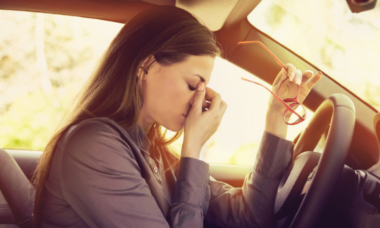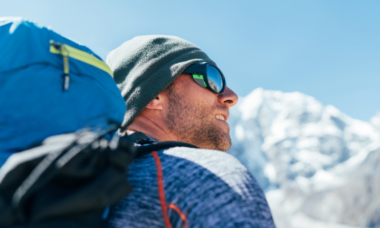Do we need UV protectors only in the 4 hour period of the day?
Let’s find out!
Unfortunately, our eyes are the most ignored organ of our body. Our primary focus is on our looks but sadly that does not include our eyes.
We all know about global warming effects and many of us do not forget to put on sunscreen lotions before getting out in the Sun. However, most people tend to compromise on the quality of eyewear wherein it is greatly essential in protecting the vision from the damage of harmful UV radiations emitted by the Sun.
While some of us compromise on cost, others prefer to wear protective eyewear only in the 4 hour period of the day. The sale of sunglasses picks up the most in the summer, naturally as sun rays are intense especially between the period of 12 pm to 4 pm.
If you are living in areas that experience extremely hot temperatures it can be unbearable to go out without covering your skin and eyes. You actually get a burning feeling because of the heat. Wearing the right eyewear can help you in protecting your eyes as well as keeping them cool in the heat.
It is true that UV levels are highest during the summer months during the 4 period hours around solar noon. It mainly varies with the height of the sun. UV levels are higher near the equator as light travels a shorter distance and hence fewer UV rays are absorbed in the atmosphere. The same is with higher altitudes where less atmosphere is available to absorb harmful radiations.
Having said that, it is determined that UV levels also depend upon the reflectance present in the atmosphere.
When sunlight enters into the Earth’s atmosphere, it touches different surfaces and different surfaces have a different amount of reflectance. Grass or soil has minimum reflectance while sand, snow, cloudy sky, or seafoam has the highest reflectance. The same sunglasses you wear as daily wear cannot efficiently protect your eyes in areas with high reflectance.
People like mountaineers, surfers, or hikers need to be extra cautious about protecting their eyes. It is a known fact that mountaineers often suffer from snow blindness or photokeratitis; this is due to the high reflectance of UV rays in snowy mountain peaks. Snow when freezes on mountain tops, forms a shiny surface. Light rays when touching these surfaces disperses in different directions and hence trying to see without putting on UV protective Sunglasses can make you feel blinded with light.
UV protectors are a must in areas with high UV levels for eye protection as their effect can lead to complete loss of vision.
Macular Degeneration
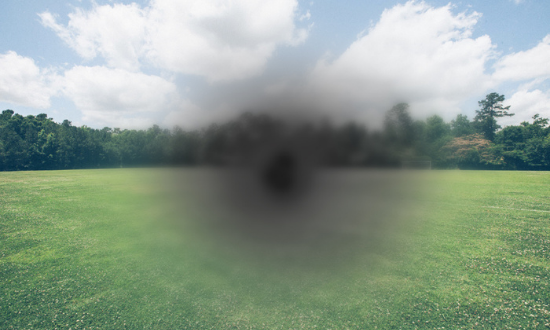
On the center of the retina is the region called Macula and the fovea is the center of the Macula. The Rhodes and the cones are the photoreceptors present densely in the fovea, these are responsible for converting light rays into electrophysiological impulses that are sent to the brain via optic nerves.
Macular Degeneration is a condition in which the central vision is lost hence patients see black spots in the center of his/her vision. This causes a stumbling block for the patient in carrying out day-to-day chores.
Cataract
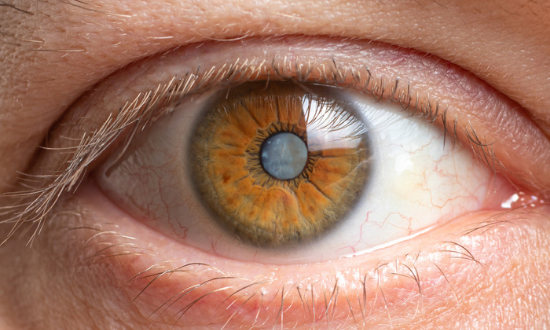
Most UV B rays are absorbed by Cornea but if eyes are exposed for a longer period to UV B rays, the crystalline lens in the eye gradually becomes opaque. The condition is known as Cataract which can only be treated with surgery in which an artificial lens is replaced by a real lens.
Pterygium
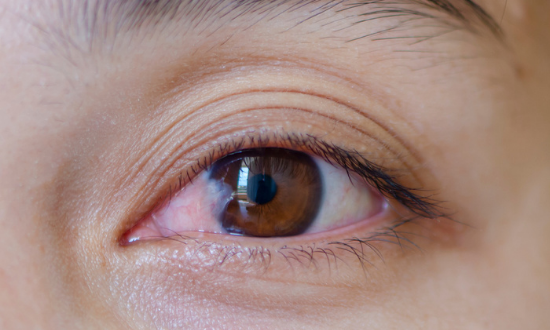
In this condition, a layer of skin gradually creeps towards the cornea. If it happens to cover the cornea it will block the vision. This layer of skin causes discomfort and prickliness. It can be removed by minor surgery. People exposed to the sun for long hours are likely to develop this condition.
Sunburn
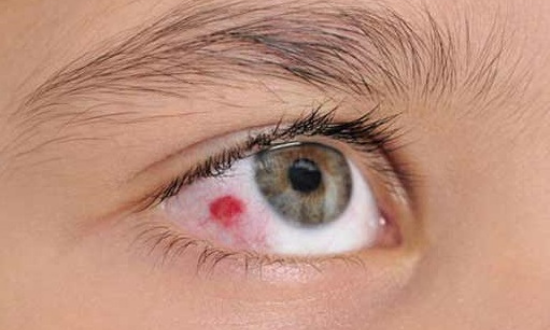
Sunburn is often seen as red rashes on the skin. Usually, it fades away in a day or two. Sunburn can also be seen on the sclera of the eyes and over eyelids. Mostly experienced by people taking a sunbath on beaches without wearing UV protective sunglasses.
Photo Keratitis(Snow Blindness)
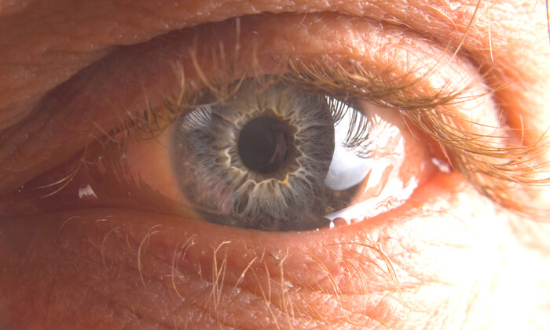
This condition causes damage to the conjunctiva causing intense burning, redness, tearing, cloudiness, and pain. This damage remains up to the superficial layer and does not reach the retina. Hence it recovered in a matter of few days. This is often faced by mountaineers in snowy peaks due to reflectance, which is why it is also known as snow blindness.
Solar Retinopathy
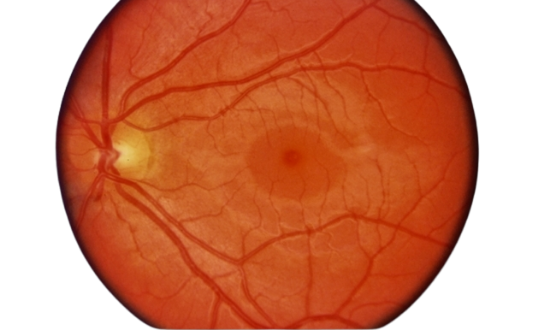
Staring at the sun during a solar eclipse or otherwise can cause a mild to moderate effect on visual acuity which usually subsides over 3 to 6 months of time. But if it affects the fovea, it may lead to permanent visual acuity loss.
Pinguecula
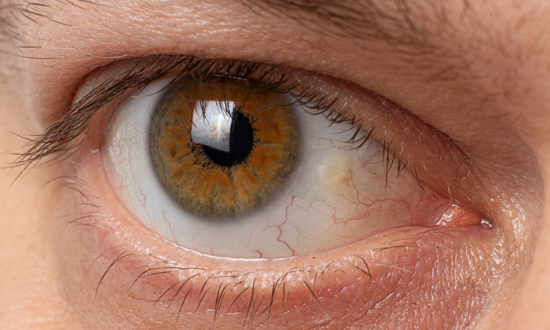
Pinguecula is a yellow bump that appears on the Sclera of the eye. This happens when your eyes are exposed to the Sun rays for long hours or even in a dusty atmosphere, desert areas, or even if living more in AC atmospheres. This fades away on its own. So far there is no cure for this condition.
UV Index
Different levels of UV cause different side effects. Different areas have different UV Index which are measured between 1 to 11.
- Index 1 to 2 is considered low. The use of sunglasses would be recommended.
- Index 3 to 5 is considered moderate. Using sunscreen lotions and covering of body along with wearing sunglasses is essential.
- Index 6 to 7 is considered high. Hat, sunglasses, covering the body, lotion, and avoiding outdoors is suggested.
- Index 8 to 10 is considered very high and recommendations would remain the same.
- Index 11 is considered Extreme. Highly recommend staying indoors.
Having known the consequences of not wearing appropriate UV protectors, it is best suggested to append your priorities so as to protect your precious vision of the eye.
